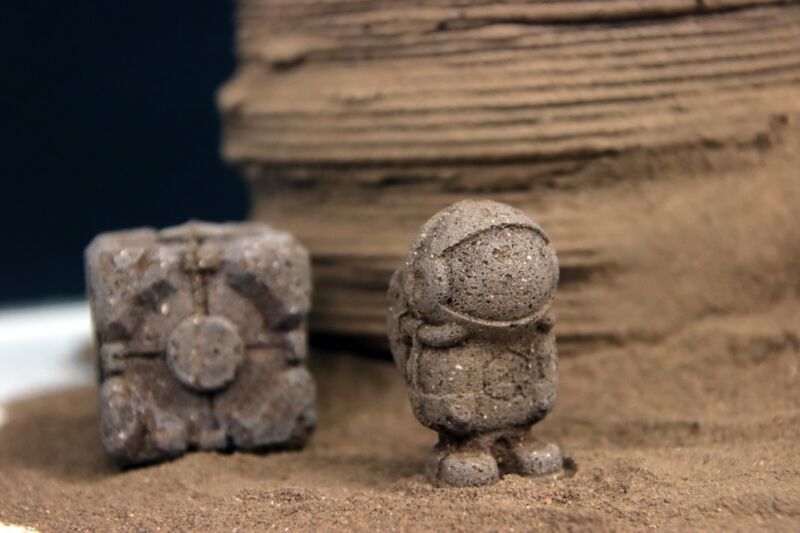-
 chevron_right
chevron_right
Watch these glassy-winged sharpshooters fling pee bubbles with anal catapult
news.movim.eu / ArsTechnica · Tuesday, 28 February, 2023 - 19:23 · 1 minute
Insects called glassy-wing sharpshooters have an "anal stylus" capable of flicking pee droplets at very high speeds.
The glassy-winged sharpshooter drinks huge amounts of water and thus pees frequently, expelling as much as 300 times its own body weight in urine every day. Rather than producing a steady stream of urine, sharpshooters form drops of urine at the anus and then catapult those drops away from their bodies at remarkable speeds, boasting accelerations 10 times faster than a Lamborghini. Georgia Tech scientists have determined that the insect uses this unusual "superpropulsion" mechanism to conserve energy, according to a new paper published in the journal Nature Communications.
A type of leafhopper , the glassy-winged sharpshooter ( Homalodisca vitripennis) is technically an agricultural pest, the bane of California winemakers in particular since the 1990s. It feeds on many plant species (including grapes), piercing a plant's xylem (which transports water from the roots to stems and leaves) with its needle-like mouth to suck out the sap. The insects consume a lot of sap, and their frequent urination consumes a lot of energy in turn, because of their small size and the sap's viscosity and negative surface tension (it naturally gets sucked inward). But the sap is about 95 percent water, so there's not much nutritional content to fuel all that peeing.
“If you were only drinking diet lemonade, and that was your entire diet, then you really wouldn’t want to waste energy in any part of your biological process,” co-author Saad Bhamla of Georgia Tech told New Scientist . “That’s sort of how it is for this tiny organism.”


